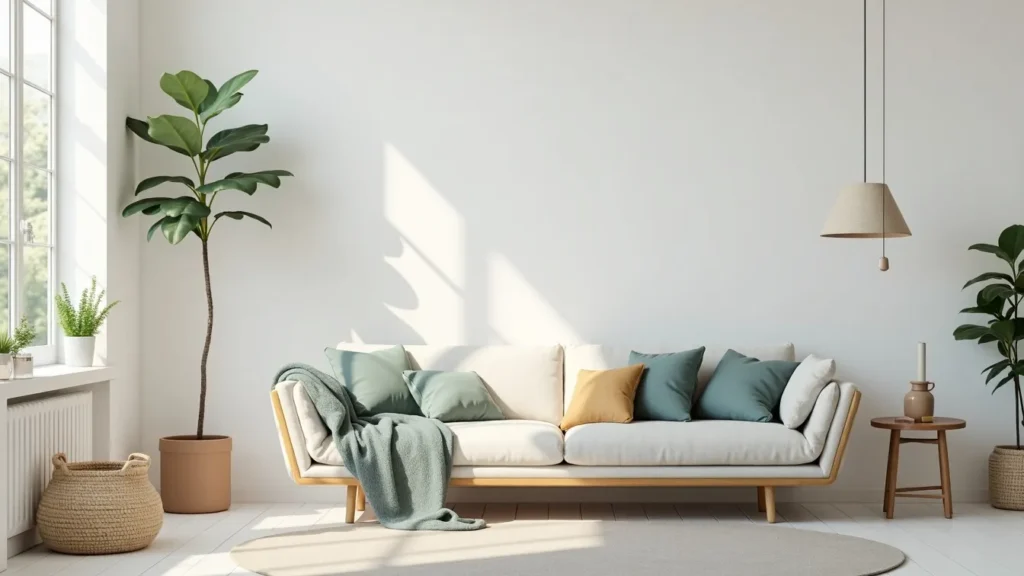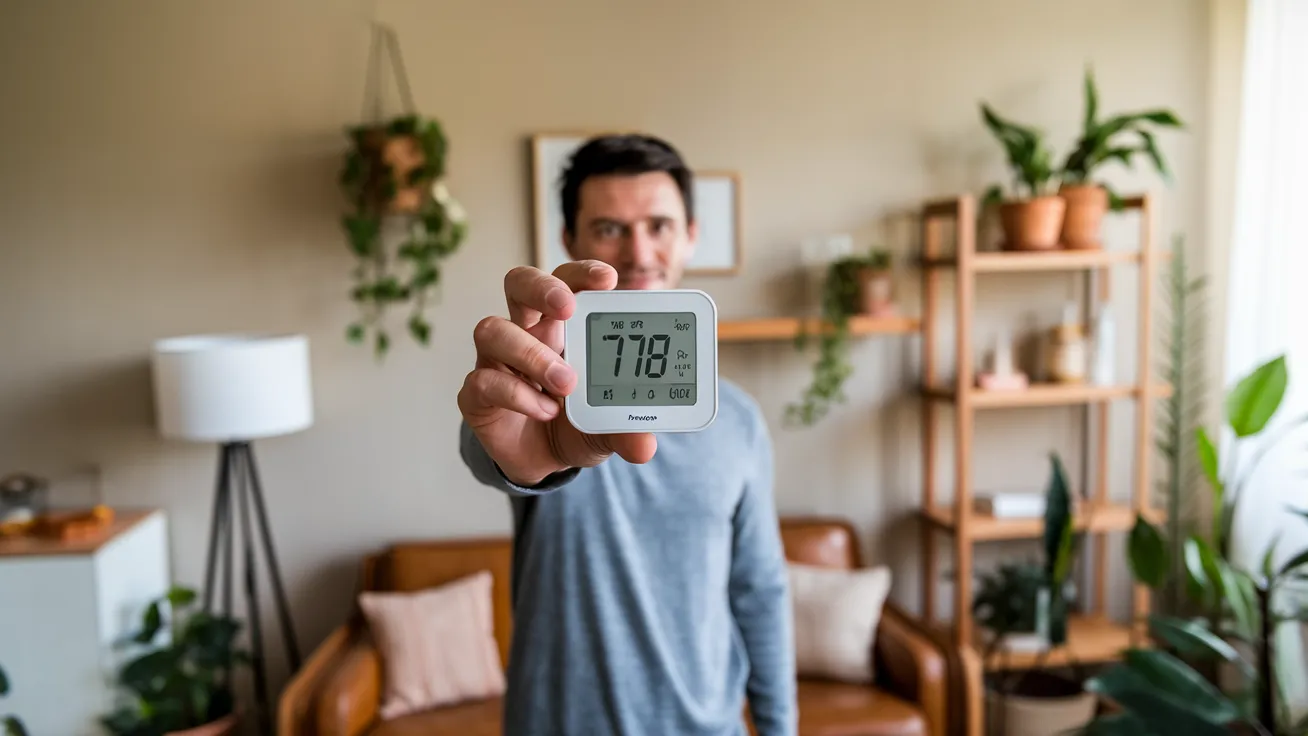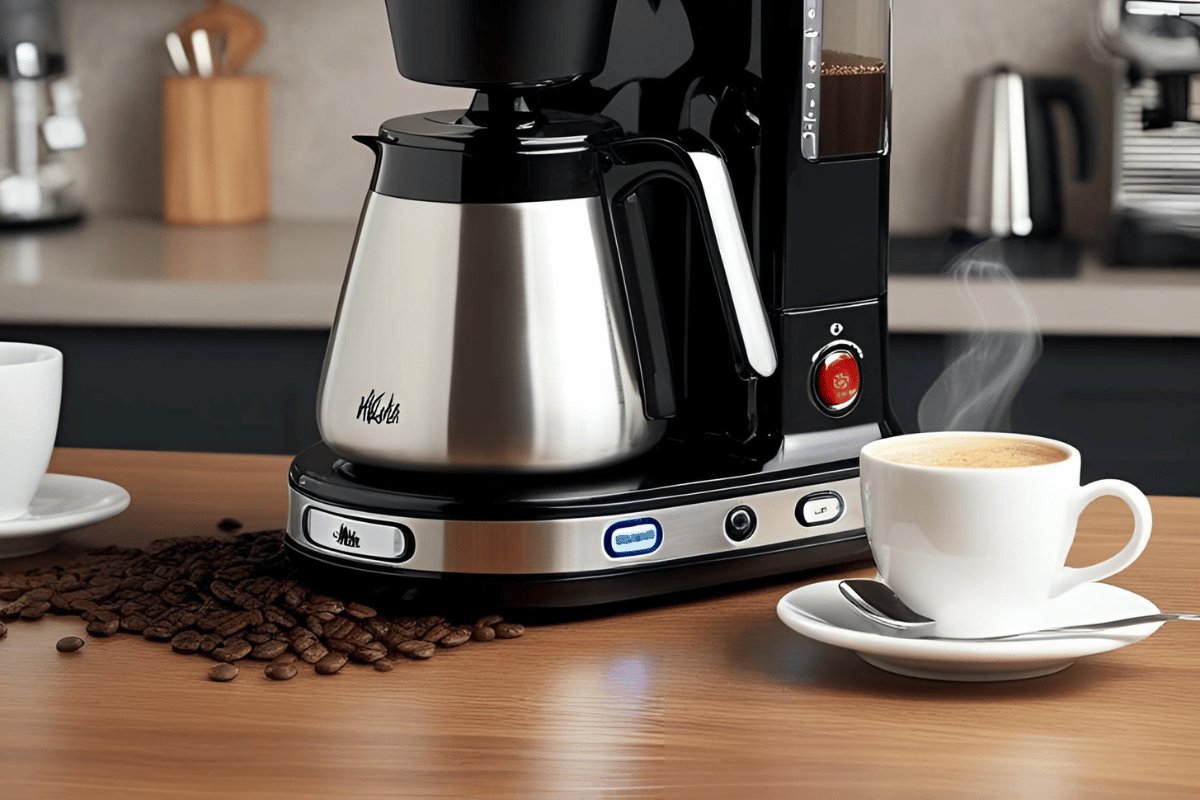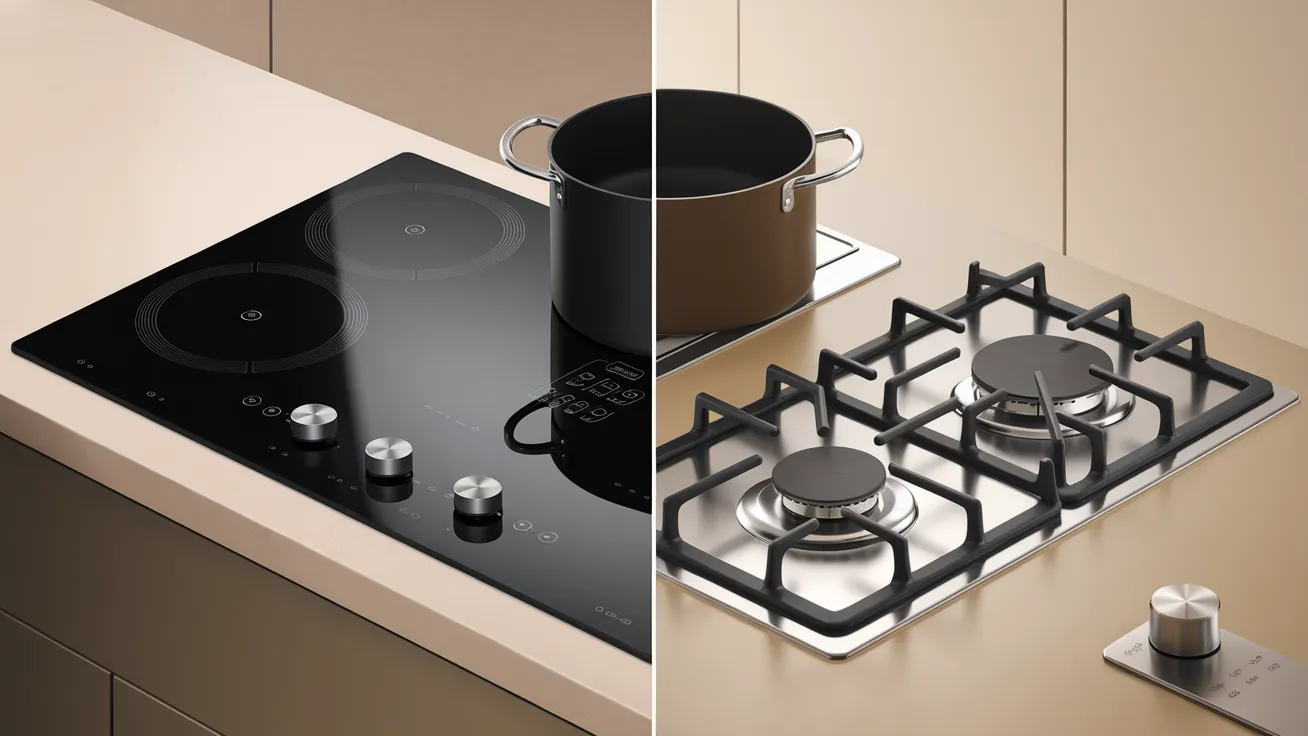Maintaining the best humidity level for home is crucial for your comfort, health, and even the longevity of your house. Too much or too little moisture in the air can lead to a host of problems, from mold growth to dry skin and cracked furniture. But what exactly is the best humidity level for home, and how do you achieve it? This guide will walk you through everything you need to know to create a healthy and comfortable indoor environment.

Why Humidity Matters: More Than Just Comfort
Humidity refers to the amount of moisture in the air. While we often think of it in terms of how it feels – sticky and uncomfortable on a humid day – it has a significant impact on our well-being and our homes.
- Health: Improper humidity levels can exacerbate respiratory issues like asthma and allergies. Dry air can irritate sinuses and lead to nosebleeds, while excessive humidity promotes mold and dust mite growth, both common allergens.
- Comfort: The best humidity level for home makes you feel more comfortable. When humidity is too high, sweat doesn’t evaporate efficiently, making you feel sticky and hot. When it’s too low, your skin and mucous membranes dry out, leading to discomfort.
- Home Preservation: Extreme humidity levels can damage your home. High humidity can lead to condensation, which can cause mold growth, wood rot, and peeling paint. Low humidity can cause wood furniture to crack and shrink.
The Goldilocks Zone: What is the Best Humidity Level for Home?
So, what is best humidity level for home? Experts generally agree that the ideal range for indoor humidity is between 30% and 50%. This range provides a balance that minimizes health risks and protects your home from damage.
- 30-50%: This is the sweet spot. It’s low enough to inhibit mold growth and dust mite proliferation, yet high enough to prevent excessive dryness.
- Below 30%: Air this dry can lead to dry skin, irritated sinuses, and increased susceptibility to respiratory infections.
- Above 50%: This creates a breeding ground for mold, mildew, and dust mites, which can trigger allergies and asthma.
Seasonal Adjustments: The Best Humidity Level for Home in Winter and Summer
The best humidity level for home isn’t a static number; it can fluctuate depending on the season.
- Best Humidity Level for Home in Winter: During the colder months, the air naturally holds less moisture. As cold air is heated indoors, the relative humidity can drop significantly, often below 30%. Maintaining a humidity level between 30% and 40% is generally recommended during winter to combat dryness.
- Best Humidity Level for Home in Summer: Summer often brings higher humidity levels. Aim to keep your indoor humidity below 50% to prevent mold growth and that sticky, uncomfortable feeling. Dehumidifiers and air conditioning can be helpful in achieving this.
Monitoring Your Home’s Humidity

The first step to achieving the best humidity level for home is to monitor it. You can use a hygrometer, a small and inexpensive device that measures the relative humidity in the air. Many smart thermostats also include humidity sensors. Place hygrometers in different areas of your home to get an accurate reading of the overall humidity levels.
Achieving the Ideal Humidity: Tools and Techniques
Once you know your home’s humidity levels, you can take steps to adjust them.
- Humidifiers: These devices add moisture to the air. They are particularly useful during the winter months when the air is dry. There are several types of humidifiers available, including:
- Central Humidifiers: Integrated into your HVAC system, these humidifiers provide whole-house humidification.
- Evaporative Humidifiers: These use a wick or filter to evaporate water into the air.
- Ultrasonic Humidifiers: These use vibrations to create a fine mist.
- Steam Vaporizers: These boil water and release steam into the air.
- Dehumidifiers: These devices remove moisture from the air. They are helpful during the summer months or in damp climates.
- Air Conditioners: Air conditioners not only cool the air but also remove moisture.
- Ventilation: Proper ventilation can help regulate humidity levels. Ensure your bathrooms and kitchens have exhaust fans to remove moisture generated during showering and cooking.
- Controlling Moisture Sources: Address any sources of excess moisture in your home, such as leaky pipes or poor drainage around the foundation.
Maintaining the Best Humidity Level for Home: A Proactive Approach
Achieving the best humidity level for home is an ongoing process. Regularly monitor your humidity levels and adjust your humidifier or dehumidifier as needed. Clean your humidifiers and dehumidifiers regularly to prevent the growth of mold and bacteria. By taking a proactive approach, you can create a healthy and comfortable indoor environment for yourself and your family.
Breathe Easy in Your Home
Finding the best humidity level for home is an investment in your health, comfort, and the longevity of your property. By understanding the importance of humidity, monitoring your home’s levels, and taking appropriate action, you can create a living space that is both healthy and enjoyable. Remember to consider seasonal variations and adjust your approach accordingly to maintain the ideal balance throughout the year. Knowing what is best humidity level for home is the first step to a healthier and happier you.
You may also like: Which Cooking Technology Reigns Supreme?
FAQs About Home Humidity
What happens if my home is too humid?
High humidity can lead to mold growth, dust mite infestations, and a general feeling of discomfort. It can also exacerbate respiratory problems like asthma and allergies.
What happens if my home is too dry?
Low humidity can cause dry skin, irritated sinuses, nosebleeds, and increased susceptibility to respiratory infections. It can also damage wood furniture and floors.
How often should I check my home’s humidity levels?
It’s a good idea to check your humidity levels at least once a week, especially during seasonal changes.
Can I use a humidifier and a dehumidifier at the same time?
In some cases, yes. If you live in a climate with fluctuating humidity levels, you may need to use both a humidifier and a dehumidifier at different times of the year.
Is the best humidity level for home the same for everyone?
While the recommended range of 30-50% is generally considered ideal, individual preferences may vary. Some people may find that they are more comfortable at slightly higher or lower humidity levels
How can I tell if my home has mold due to high humidity?
Look for visible mold growth, especially in damp areas like bathrooms and basements. You may also notice a musty odor.
What are some natural ways to increase humidity in my home?
You can place bowls of water around your home, use houseplants, or hang laundry to dry indoors.





